Museum
Find out the true story behind the development of the finest and most versatile laser light scattering instruments available, Wyatt Technology's DAWN® systems. Here you can trace the path of innovation and discovery in the field of light scattering from the middle of the 20th century to today's state-of-the-art instruments!

1951
The Birth of Commercial Light Scattering
The Brice Phoenix Universal Light Scattering Photometer was the first successful light scattering instrument. It used a mercury arc lamp as a light source and the sample was illuminated by placing it within a scattering cell in the light path. The cell sat on a stage and the detector could be revolved about this stage manually in order to attain light scattering measurements at varying angles. The detector consisted of a photomultiplier tube whose signal value was output to a galvanometer. The Brice Phoenix instrument was essential to early production of Zimm plots. This laboratory workhorse probably produced more Zimm plots in its time than any other instrument.
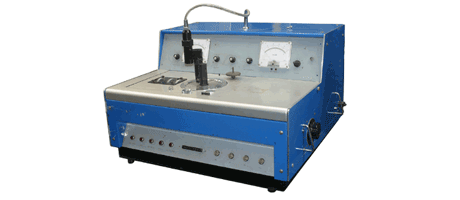
1967
Innovation in Action
The Sofica instrument used a water cooled mercury vapor lamp as its light source. The measuring cell would be immersed in a liquid chosen to eliminate errors and simplify calculations, as well as providing efficient thermal control. The detector was a semi-automatic photomultiplier tube which could rotate through various angles.

1970
Laser Incorporated as Light Source
The Differential I was the first commercially available light scattering instrument to incorporate a laser as its light source. A detector was moved by a stepper motor through a 180° range, and the signal was output to a stepper driven X-Y chart or a strip chart. Produced by Science Spectrum, this instrument was primarily used in antibiotic testing. About 20 units in all were manufactured and sold.
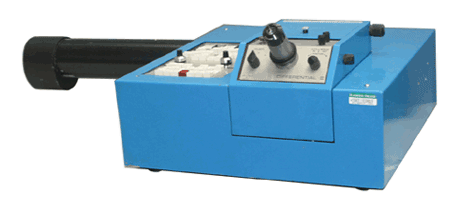
1971
Microdroplet Levitation Implemented
The Differential II Module was capable of levitating a single particle in the 100 to 4,000 nm range. The particle was levitated into the path of the laser beam by means of a quasi-static electric fields and could be maintained in this position for several days if needed. During the extended levitation period, time dependent physical phenomenon could be observed. The Differential II Module was used to accurately measure liquid microdroplets and diverse viscous material.
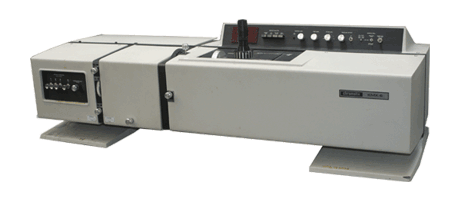
1972
Corporate Competition
Beckman Instruments developed an instrument for low angle laser light scattering capable of measuring the light scattering signal as low as 3°. The narrow beam of the laser allowed angles this low to be measured for the very first time. Chromatix further developed this instrument which was marketed as the KMX-6 for use with chromatographic separation systems. Chromatix was later purchased by Milton Roy, which was, in turn, purchased by Thermo Instruments.
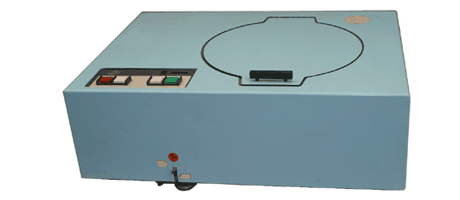
1972
First Instrument with On-Board Computer and Laser
The Differential III also used a laser as a light source. An automated carousel moved cuvettes through the beam path. The first cuvette would contain the control and successive cuvettes, having the bacterial isolate in suspension with selected antibodies, would then rotate into the beam path and their scattering properties could be measured. Data was recorded to an on-board computer and outputted to a card punch. The Differential III was the first scientific instrument to incorporate both a laser and an on-board computer.
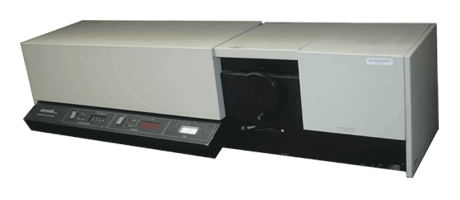
1978
Pros and Cons
The Chromatix KMX-16 differential refractometer made use of a 0.5 mW HeNe laser as its light source. This instrument was very useful as it had the ability to measure differential refractive index increments (dn/dc values) by passing laser light through a sample and control solution. This instrument also provided increased temperature control. However complex optics and manual mechanical adjustment mechanisms proved to be problematic.
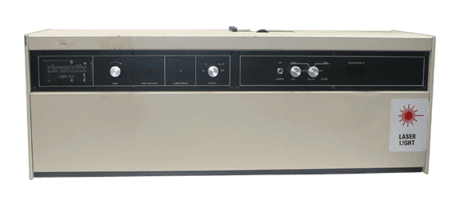
1981
Helium-Neon Laser Deployed
The Chromatix CMX 100 was a low angle light scattering instrument which made use of a HeNe laser as its light source. The instrument would detect light scattering signals between 5.1° and 6.1° using a fixed in place photomultiplier tube as the detector.
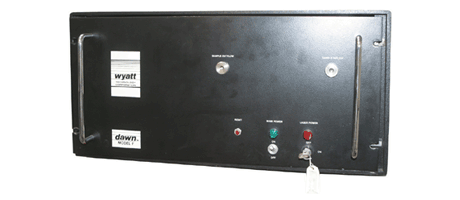
1983
The DAWN of a New Age
The first DAWN F instrument ever manufactured was purchased by S.C. Johnson Wax. A HeNe laser was used as the light source and the flow cell was located very near the laser aperture. The flow cell ran perpendicular to the direction of the laser and was surrounded by a total of eight detectors.
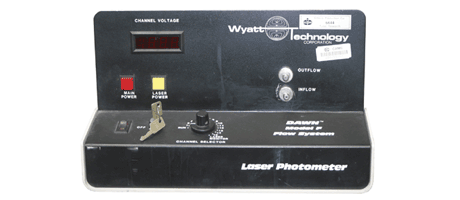
1984
Flow Cell Antics
The first modern DAWN F was sold to AMOCO in 1984. It was the first DAWN instrument to have a flow through cell in which the direction of the flow is parallel to the beam direction. Like the DAWN-B, 15 separate photodiodes were housed in the read head to detect light scattering signals from the flowing solution. The flow cell, while similar in principle to our modern flow cells, differed greatly in appearance.
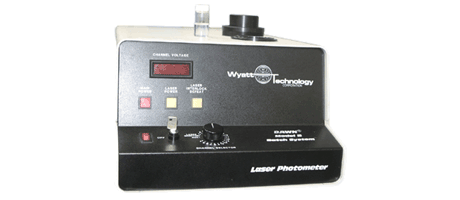
1987
A "Batchful" Unit
The DAWN-B (or DAWN-Batch) unit was an early model in the DAWN line. It housed 15 detectors which would simultaneously collect light scattering data scattered from a scintillation vial placed into the read head in the center of the array of detectors and the path of the HeNe laser.
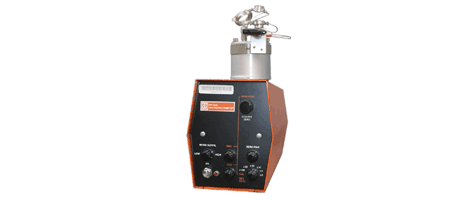
1989
Precursor to Optilab DSP
The Optilab 902 was developed and manufactured by the Tecator Corporation of Sweden. This differential refractive index detector was an essential partner to the DAWN series of instruments, as it was able to measure the dn/dc of a given solution at the same wavelength as the light scattering instrument. Knowing the dn/dc value is essential to the characterization of molar masses. The Tecator Optilab was purchased by Wyatt Technology and the instrument was further developed into the Optilab 903 model and ultimately into the Optilab DSP.
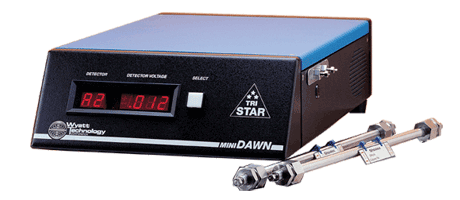
2000
Modern Pursuits
Wyatt Technology developed this three angle version of the DAWN F instrument. The use of a solid state laser allowed the footprint of laser light scattering instrumentation to be reduced greatly. The miniDAWN TriStar laser operates at 690 nm and the instrument is capable of measuring a molar mass range from a few hundred daltons to greater than one million daltons. Molecular sizes may also be measured ranging from 10 to 50 nm.
For more information on the latest light scattering instruments, please view our Products.
